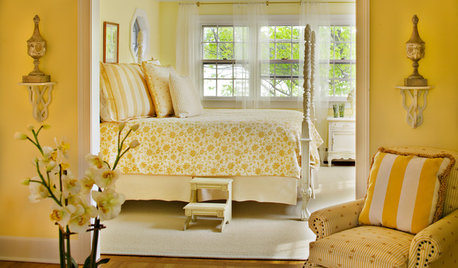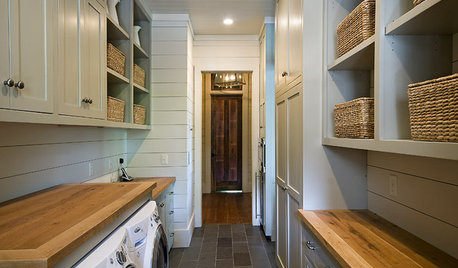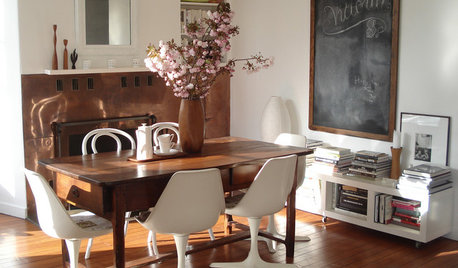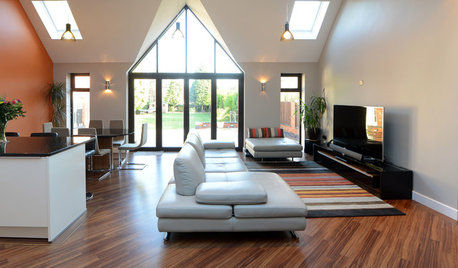Computer Modem & 'Brain'
cienza
13 years ago
Related Stories

COFFEE WITH AN ARCHITECTThe Brain of a Designer, in Diagrams
Ever wonder what's really going on inside the head of your architect or designer? Now's your chance to find out
Full Story
BEDROOMS5 Tips to Wake Up Faster and More Happily
Shine when you rise even if you're not a morning person with these strategies to banish the brain fuzz
Full Story
HOME TECHWould You Use Virtual Reality to Renovate Your Home?
Architecture can be confusing, but immersion in a computer-generated 3D world soon may help
Full Story
DECORATING GUIDESWhat Does Your Inspiration Board Say About You?
Scraps pinned on a mood board may provide clues to your personality. See what your board reveals
Full Story
REMODELING GUIDESKey Measurements to Help You Design the Perfect Home Office
Fit all your work surfaces, equipment and storage with comfortable clearances by keeping these dimensions in mind
Full Story
MOST POPULARHow Bluetooth 4.0 Will Change Remote Control
Manage lights, TV, refrigerators and more through your phone or tablet when the latest wireless technology rolls into all your home devices
Full Story
LIFE3 Ways to Get Unstuck — About Organizing, Decorating, Whatever
Break out of the do-nothing rut to accomplish your goals, whether at home or in other parts of your life
Full Story
LIFEThe Wisdom of Kenny Rogers, for Declutterers
No need to gamble on paring-down strategies when the country music legend has already dealt out some winning advice
Full Story
TASTEMAKERSAsk an Expert: What Is the One Design Rule You Live By?
Eight home experts share their top design rules
Full Story
COLORSpeed-Dial Color Selection to Get the Best Result
You’ve belabored your color decisions and are still stuck. Here is how to evaluate your space and make choices that are right for you
Full StoryMore Discussions








Ron Natalie
Billl
Related Professionals
Everett General Contractors · Haysville General Contractors · McPherson General Contractors · Melville General Contractors · Syosset General Contractors · Waianae General Contractors · Chantilly Handyman · Little Ferry Solar Energy Systems · Los Angeles Solar Energy Systems · Glendale Home Automation & Home Media · Lakewood Home Automation & Home Media · St. Louis Home Automation & Home Media · Waterford Home Automation & Home Media · Windsor Locks Home Automation & Home Media · Weston Home Automation & Home Mediahrajotte
cienzaOriginal Author
brickeyee
smithy123
mike_kaiser_gw
kalining
spencer_electrician
smithy123
mike_kaiser_gw
Ron Natalie
cienzaOriginal Author